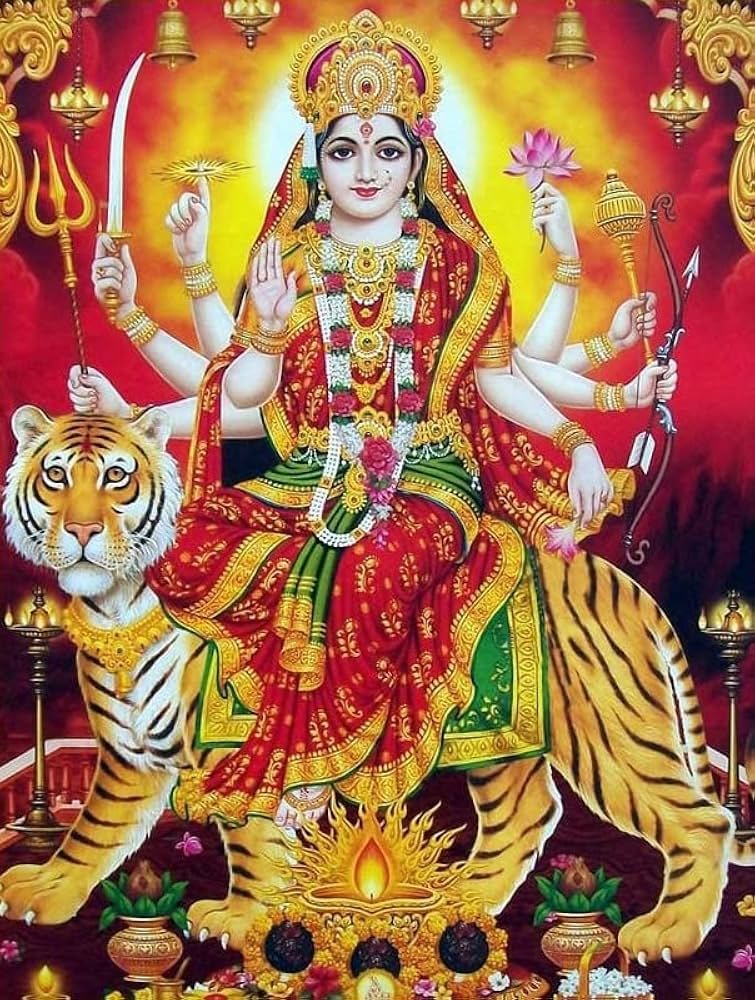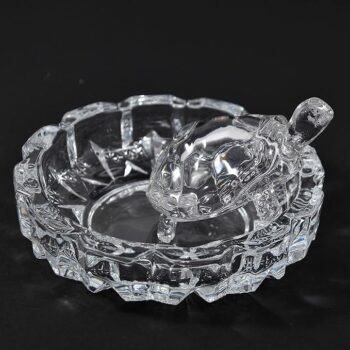Durga Poojan: A Sacred Ritual of Divine Worship
1. Introduction to Durga Poojan
Durga Poojan, also known as Durga Puja, is one of the most significant Hindu festivals dedicated to Goddess Durga. It is celebrated with great devotion and grandeur, particularly in India, Bangladesh, Nepal, and among Hindu communities worldwide. The festival marks the victory of Goddess Durga over the demon Mahishasura, symbolizing the triumph of good over evil.
2. The Significance of Durga Poojan
Durga Poojan is not just a religious observance but also a cultural and spiritual event that signifies:
- The Power of Feminine Energy: Worshiping Goddess Durga emphasizes Shakti (divine feminine energy).
- Victory of Good Over Evil: It commemorates the slaying of Mahishasura by Goddess Durga.
- Spiritual Awakening and Devotion: The puja encourages self-discipline, devotion, and reflection.
3. The Legend Behind Durga Poojan
According to Hindu mythology, Mahishasura, a powerful demon, had received a boon that no man or god could defeat him. In response to his tyranny, the divine trinity—Brahma, Vishnu, and Mahesh (Shiva)—combined their energies to create Goddess Durga. After a fierce battle, she finally vanquished Mahishasura on the tenth day, known as Vijayadashami or Dussehra.
4. When is Durga Poojan Celebrated?
Durga Poojan is primarily observed during Navratri, a nine-day festival celebrated twice a year—Chaitra Navratri (March-April) and Sharadiya Navratri (September-October). The tenth day, known as Vijayadashami, marks the immersion of the idol and the farewell to Goddess Durga.
5. Rituals and Traditions of Durga Poojan
The rituals of Durga Poojan vary across regions but generally include the following:
5.1 Kalash Sthapana (Ghatasthapana)
- The festival begins with the ritual of Kalash Sthapana, where a sacred pot (Kalash) is placed with water, mango leaves, and a coconut on top.
- This symbolizes the invocation of Goddess Durga’s energy.
5.2 Nine Days of Navratri Worship
Each day of Navratri is dedicated to a different form of Goddess Durga:
- Shailaputri – The daughter of the mountains.
- Brahmacharini – The goddess of devotion and penance.
- Chandraghanta – The goddess of bravery.
- Kushmanda – The creator of the universe.
- Skandamata – The mother of Lord Kartikeya.
- Katyayani – The warrior goddess.
- Kaalratri – The fierce and protective form.
- Mahagauri – The goddess of purity.
- Siddhidatri – The giver of supernatural powers.
5.3 Chanting of Mantras and Bhajans
Devotees chant sacred mantras, recite Durga Saptashati, and sing devotional songs (bhajans) to seek the blessings of the goddess.
5.4 Fasting and Offering Prasad
- Many devotees observe fasts during Navratri, consuming only fruits, milk, and special vrat food.
- Offerings such as sweets, coconut, fruits, and bhog (holy food) are presented to the goddess.
5.5 Kumari Poojan (Worship of Young Girls)
On the eighth (Ashtami) or ninth (Navami) day, young girls (Kanyas) are worshiped as embodiments of Goddess Durga. They are offered food, gifts, and blessings.
5.6 Sindoor Khela and Dhunuchi Naach
- In Bengal, married women apply sindoor (vermillion) to each other on Vijayadashami, celebrating the goddess’s victory.
- Devotees perform Dhunuchi Naach, a traditional dance with incense burners, as an offering to the goddess.
5.7 Immersion of Durga Idol (Visarjan)
On the tenth day, the grand procession of Durga Visarjan takes place, where the idol is immersed in water, signifying her return to Mount Kailash.
6. Regional Variations of Durga Poojan
6.1 Durga Puja in West Bengal
- Celebrated with large artistic pandals (temporary shrines) and grand processions.
- Cultural events, dances, and plays are held during the festival.
6.2 Navratri in Gujarat
- Famous for Garba and Dandiya Raas, traditional dance forms performed in honor of Goddess Durga.
6.3 Durga Pooja in North India
- People observe fasts and visit temples.
- Large Ramleela performances take place, depicting Lord Rama’s victory over Ravana.
6.4 Kullu Dussehra in Himachal Pradesh
- A unique celebration where local deities are brought together in a grand procession.
7. Symbolism of Durga Poojan
Durga Poojan represents:
- Strength and Courage: Goddess Durga is the ultimate embodiment of power and resilience.
- Harmony and Prosperity: Worshiping her brings balance and prosperity to life.
- Spiritual Awakening: The festival inspires devotion and moral upliftment.
8. Conclusion
Durga Poojan is not just a religious festival but a celebration of divine power, faith, and cultural heritage. It brings people together in devotion and joy, reminding them of the eternal truth that good always triumphs over evil. By worshiping Goddess Durga, devotees seek her blessings for protection, prosperity, and inner strength.









Reviews
There are no reviews yet.